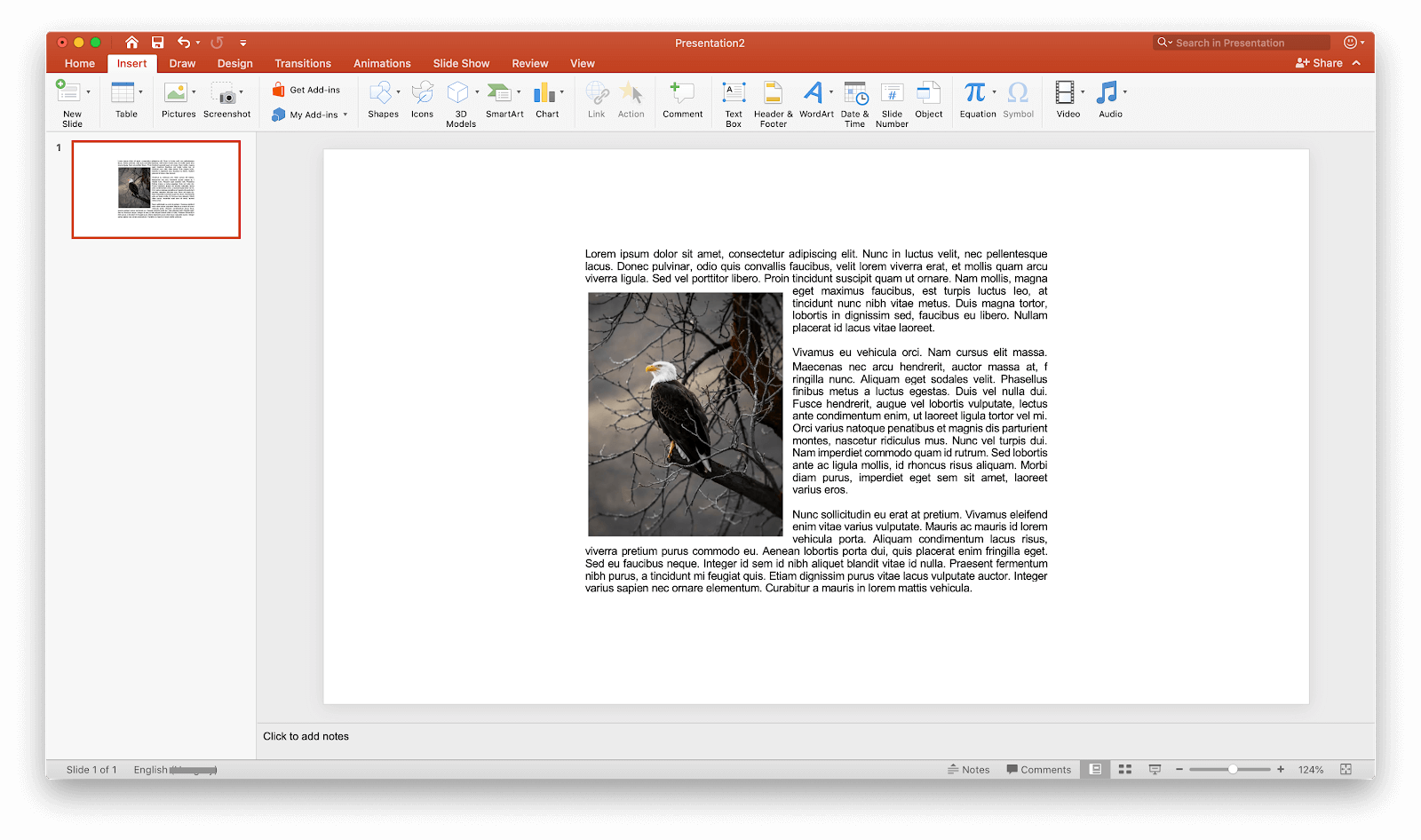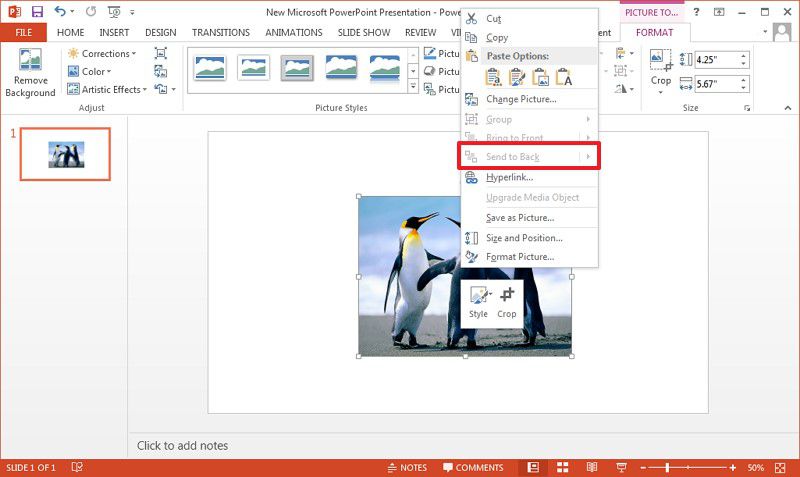
This is helpful when you want images on different slides to be in the same spot. Here you can manually change the horizontal and vertical position on the slide by putting your cursor in the text box and typing in a numerical value up to two decimal points. Click on an image, select Size and then select Position. You can get really precise using the Position function. You can do the same if your images are vertical on the page by repeating the above steps and clicking Distribute Vertically. Then select all images, go to the Format tab, click Align and select Distribute Horizontally. Then, if your images are going horizontally across the slide, place the image on the far left and the image on the far right in the places you want them using the gridlines as your guide. This is simple to do.įirst, turn on your gridlines. When you have a bunch of images on a slide, it’s more pleasing to the eye when they are spaced out evenly. When the grid appears, you will have a better idea of image alignment and spacing by using the gridlines as your guide. Click on any image, go to the Format tab and select View Gridlines. The grid feature provides another way to align your PowerPoint images. If your images are horizontal, repeat the same steps, but choose Top, Middle, or Bottom for your alignment options. Next, click Left, Center, or Right to choose the appropriate alignment. Select the Format tab, then click on Align. For example, if your images are aligned vertically on the page, click on one, then hold down the Shift key and click on the other images you’d like lined up with it (select all images). When you want two or more PowerPoint images lined up exactly, use the Align function (below). This way, your image will be nudged in the direction you want instead of jumping to a place that’s just a little too far (or not far enough). Instead of using just the arrow key or moving images around with your cursor, try holding down the CTRL key while using the arrow key. Then you will need to press and drag the sizing handles until the shape of your WordArt looks as you like.Have you ever worked in PowerPoint and tried to move an image to an exact place it just wouldn’t go? If you could (and sometimes do) spend hours making sure your PowerPoint images are in the perfect spot, try these five tips to get your images exactly where you want them in no time at all.

In order to do this you will need to select “Follow Path” and press “Circle”. The icon “WordArt Styles” looks like this: On the tab “Drawing Tools Format” in the group “WordArt Styles” you have to press “Text Effects” > “Transform” and pick up the most matching look for your PowerPoint presentation. You will see “Drawing Tools” appeared above the tab “Format”.ĥ. Here, your text content in WordArt have to be selected.Ĥ. Now, you have to enter your text content with the placeholder WordArt highlighted.ģ. The icon looks different depending on a certain Office program you use, but usually it looks like this:Ģ. You will find the icon “WordArt” in the group “Text”. Now you can choose any matching WordArt style from the available collection. Start with pressing “Insert” and click “WordArt”. Once you have reached a desired result, you will just need to copy and paste your shape into PowerPoint presentation.ġ. Using them, you will arc your text content around any desired shape.
Text wrap in powerpoint for mac full#
In order to have full control over complex shapes, you can refer to third-part graphic programs or drawing tools. PowerPoint users are able to insert WordArt several times in order to wrap your text content around interesting shapes with straight edges. You can even circle your text, but this will require a bit of work to do. You will need to use PowerPoint WordArt with such text effect as “Transform”.

Would you like to make your text content look interesting? It is possible to curve or bend your text content around various shapes.


 0 kommentar(er)
0 kommentar(er)
